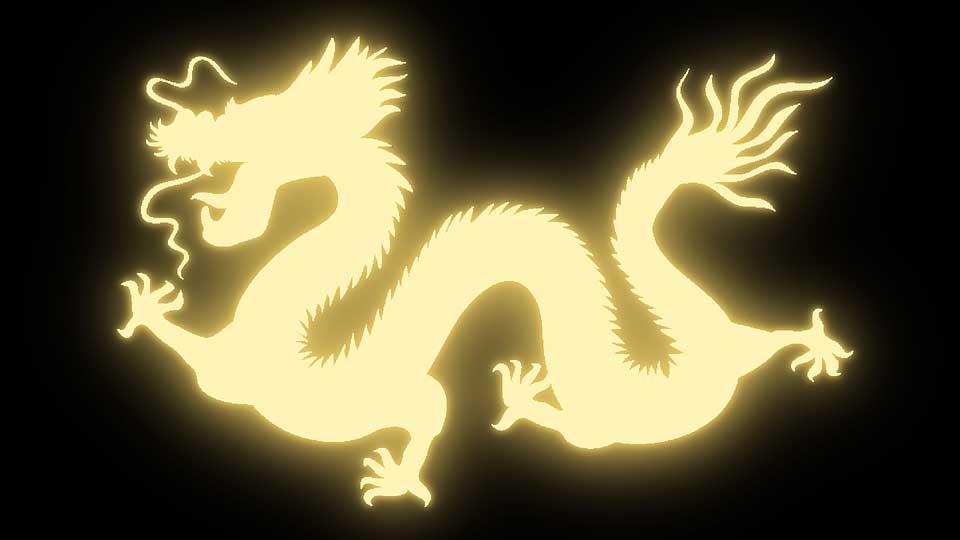With so many products being imported from China, you have a wide variety of items to source. If you already are importing, you probably have found that there are some ways to import that work better than others. Streamlining the sourcing process can help greatly improve the success and profit of your products.
Below are some tips to help improve your sourcing process:
Planning Ahead

If you fail to plan, you plan to fail. Try to account for when you will need a product so you will know when to order it. If you are running out of stock on a part or product and expect a supplier to be able to expedite an order, this isn’t always possible, especially on more complex parts. Factories need a certain amount of time to manufacture a part correctly, and encroaching on that time can be a recipe for disaster. Sometimes you can circumvent this through air shipping instead of sea shipping, but that can quickly become costly.
Try to keep track of your product inventory and how much you are using. That way, you place an order early enough so you won’t be stressed out about running out of stock.
Additionally, when you’re sourcing from China we also need to consider that factories do not manufacture during the Chinese New Year. This begins on the new moon that appears between January 21st and February 20th. The Chinese New Year normally lasts about 23 days, in 2021 the Chinese New Year will begin on February 12th. Monitoring your inventory for making more orders and planning ahead for events like the Chinese New year will help keep things running smoothly.
Marketing & Product Research

Part of planning ahead is having a marketing plan, especially if this is a new product you are looking to source. You should already have done market research on who your product is best suited for and how you plan to sell and distribute to them.
If it’s a consumer product, showing a relevant group of people your product and getting feedback will help you make improvements to your product before you try to source it from China. These adjustments can help the product sell better, and could be the key to its success in the market. It can also help gauge how receptive people are to your product, which may indicate how much need there is for it.
Managing Product Priorities

Clearly communicate with your supplier what matters most about your product. You probably aren’t going to find the highest quality supplier with rapid production times at a low price. It’s not impossible to find a supplier that can provide most of what you need, but sometimes you need to compromise. Prices in China are already inexpensive, but the factories need to make a profit too.
Communicate what is most important with your supplier. Is it the lead time? High quality material? Target pricing? Let your supplier know so he can work to accommodate as many of your needs as possible.
Manufacturing Methods

For some parts, the method of production can affect the cost. For example, mold costs tend to have a higher initial cost on a product, but a lower unit cost compared to machining due to it generally being quicker and easier to produce products using a mold. You can ask your supplier for different production methods on how to make your product. Keep in mind that some products can only be made by one method.
If you’re looking for help with sourcing from China, we’d love to speak with you. We’re passionate about helping our customers. We work with both domestic and international customers to accommodate their sourcing needs. Contact us to learn more.
